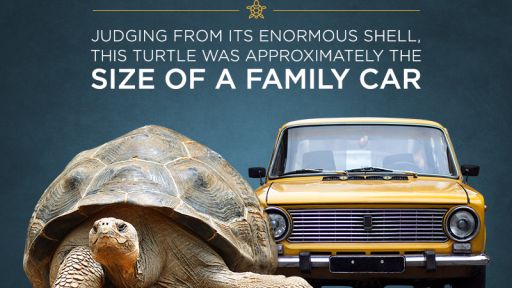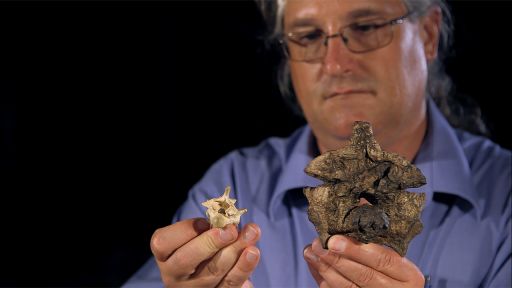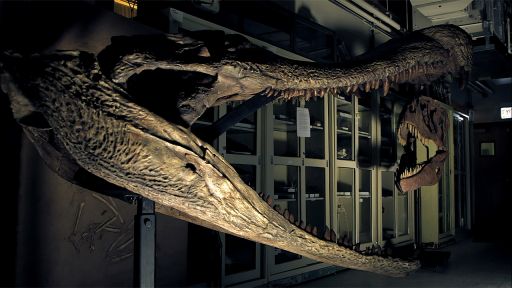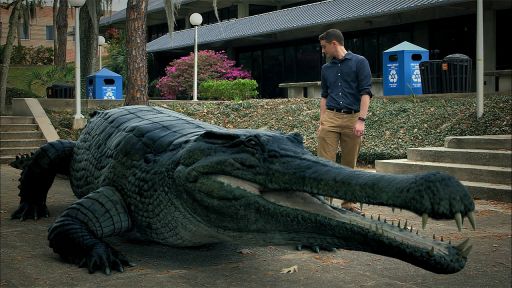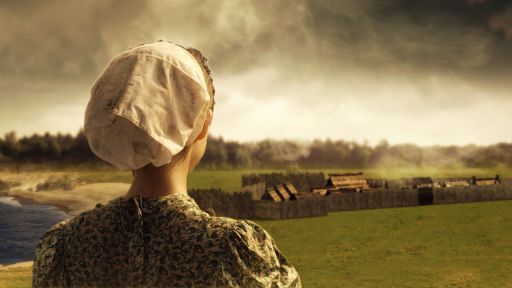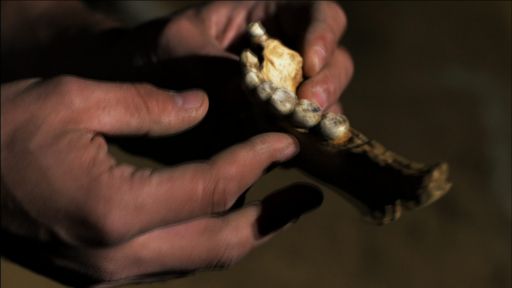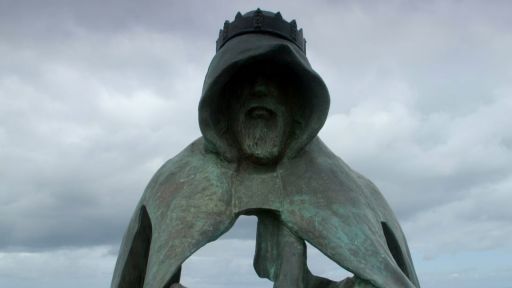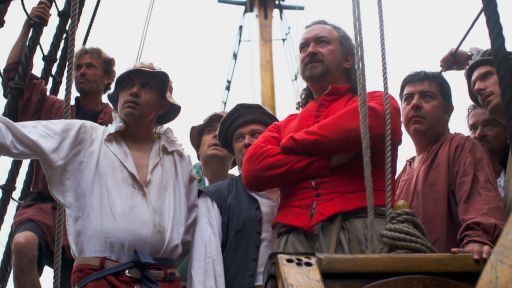TRANSCRIPT
the dinosaur. Now that we know how large the croc was, Dr. Greg Erickson can finally estimate the power of its monstrous bite.
It is of a magnitude equal to that of a T. rex. Well we're talking about a 15,000-pound bite force, we're talking about twice what any living crocodile could do. To demonstrate this crushing power, they will use the skull of an adult cow, to see how it might fare in an attack. (SOT) Yeah pretty science-y. (SOT) Yeah. I suspect that a crocodile that could generate 15,000 pounds of bite force could pretty much crush just about any animal it got a hold of. We've got a cattle skull here and we're gonna take a mechanical loading frame, this is a device that engineers use to test the strength of structures and materials. We'll also be taking the data and we'll get a force displacement curve and from that we can see when the structure started failing. (SOT) Yeah, it's still hitting, it's hitting on this side. You gotta watch it tilting. They're going to exert 15,000 pounds of pressure on this cow skull, second only to an elephant's skull in strength.
So we're ready to conduct our test, we'll see what happens!
(laughs) You ready Bob? (SOT) Ready. (SOT) OK, let's go and hit it. (SOT) Oh my gosh! Wow! (laughs) Just blew it up.
Amazing. Wow. How much force? 3,000 pounds. The skull is obliterated when just a fraction of the ancient croc's ferocious power is applied. I feel like I'm crawling through the wreckage here (laughs). So that was a demonstration of just 3,000 pounds of force, so (laughs) imagine five times that. I mean, this thing was one of the ultimate killing machines. (SOT) Oh my gosh! Wow! We now know the croc's bite force was of a magnitude not seen since the age of dinosaurs.
I don't think any animal in this & in this creature's realm was safe. I mean this is a dangerous creature. (SOT) Oh my goodness. (SOT) Yeah, that definitely broke that thing.
That's bite force. (laughs)
